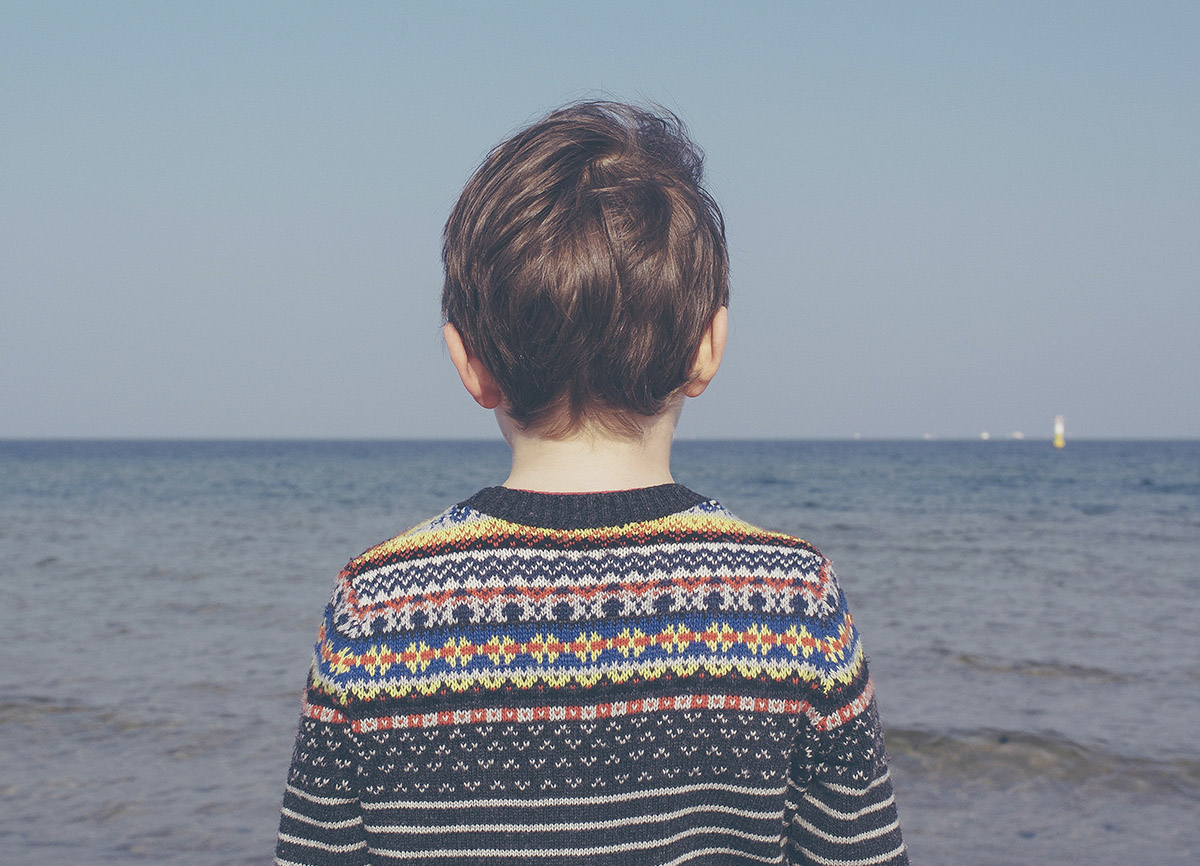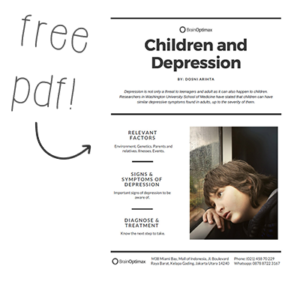6 Signs of Child Depression
Depression is not only a threat to teenagers and adult, as it can also happen to children.
In the US, 1% of preschool age children were diagnosed with depression, while the statistics on school age children and adolescents were 2% and 5-8%.
The Factors
“It’s partly from the environment and genetics,” said Dr. Elizabeth Rody, child & adolescent psychiatrist and medical director for Magellan Behavioral Health’s New Jersey Regional Service Center.
“A heart condition can be caused by multiple factors: it may be that your family history has heart irregularities and at the same time, unhealthy lifestyle,” she continued. “Both has probabilities as the causes of a heart condition. Depression is similar, it is influenced by both genetic and environment.”
Depression in children can be triggered by various events or trauma. In addition, ADHD and learning disabilities, for example dyslexia, are also noted as factors in the occurrence of depression in children.
Children with parents who have been diagnosed with depression also have higher risk of having it themselves.

The Signs
1. Lack of motivation.
Decrease in motivation is shown, including being easily bored, missing school days, and negative attitude in school.
2. Physical signs.
This includes lack of energy, signs of chronic fatigue, and constant complaining about stomachache or headache.
3. Significant changes.
Changes are happening such as pulling away from family and friends, or changes in eating and sleeping habit (e.g. drastic increase or decrease of weight, sleeping all the time, or not sleeping at all).
4. Talking about suicide.
Sudden interest in topics about suicide or death.
5. Emotional roller coaster.
Screaming without a logical reason, often crying and complaining about everything, and too sensitive to rejection or failure.
6. Doing extreme things.
Using means and effort to run away from home, and doing violent activities to themselves or other people.
Kelekatan Anak Dan Sifat Pemalunya
You're on Brain Optimax's Learning SiteGo to Brain Optimax's Main Site →Pada usia lebih dari 24 bulan, anak mulai memiliki ketertarikan untuk berinteraksi dengan orang selain anggota keluarga. Perilaku yang terlihat bisa berupa menyapa atau memperhatikan orang asing....
4 Essential Tips to Staying Brain Fit During the Holiday Season
The holiday season is an ideal time for your child to rest and recharge. If your child has been yearning for a break from the stress and routine of the hectic academic school term – he now has a “neuro-scientific” excuse for it. …
4 Tips to Enhance the Love of Reading
You're on Brain Optimax's Learning Site Go to Brain Optimax's Main Site → Reading is very important in our school-age children’s lives. Even though it is involved in every subject, many children struggle to love it, some even hates the activity. How to get our...







0 Comments